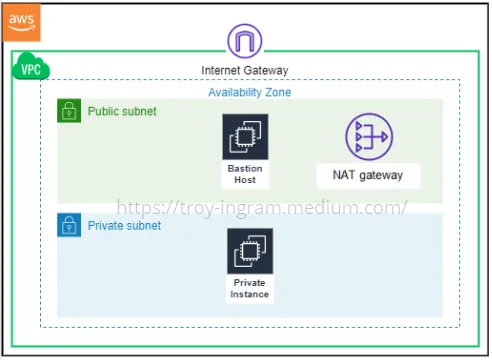
It’s 2021 (or later, if this article stays relevant 🤞). Are you still using a 3rd party VPN? If so, it’s time to put it to rest. The popularity of HTTPS (indicated by that little 🔒 in the URL bar of your browser) and other secure browsing technologies has rendered a lot of VPN functionality redundant. Additionally, VPNs have caught a lot of negative press over the years for a host of reasons. Here are a few:
- Onerous, opaque fees
- Slow performance
- Bandwidth limits
- Data privacy/logging concerns
- Unscrupulous marketing/referral practices
- Lack of functionality/extensibility
You’ll notice that, in general, the problems VPN users may have with 3rd party providers boil down to a lack of control. You can’t independently run an audit of someone else’s servers, or make your changes. There are also many features you may want, which a 3rd party VPN simply lacks.
Just do it (yourself)
When I recently learned how easy it is to set up my VPN, I was pleasantly surprised. I imagined it would require configuring my server, installing some complicated proprietary software, and pulling my hair out over debugging configuration details 😬. Thankfully, none of this was true.
Instead, it’s delightfully simple to set up a VPN with Algo VPN, an open-source project to which I bear no affiliation. Algo VPN is nothing more than a set of Ansible scripts for rapidly setting up a VPN in a cloud environment. Taking AWS as an example, the process involves these simple steps:
- Sign up for an AWS account (free tier optional)
- Copy-and-paste a new IAM role for VPN (provided by Algo)
- Create a new EC2 instance
- Connect to EC2 instance
- Clone Algo VPN
- Run setup scripts
- Copy auto-generated VPN config over to your client (laptop, phone, etc)
I won’t go into further details here, as the repository maintainers or cloud providers could always introduce changes. Moreover, the documentation for this project was so simple and clear that I couldn’t possibly do a better job here 🙌. I was able to get a running, free VPN working in AWS in less than 1 hour. There are many options apart from AWS, including other cloud providers or even your server, if you desire true independence.
Applications
There may be many reasons why you’d want to have your own, configurable VPN server. For me, I just want a simple, trustworthy option for when I’m forced to use public WiFi and have to input personal information. And ultimately, cloud providers offer much better security and transparency than 3rd party VPNs. They also offer better analytics and autonomy for features like:
- monitoring bandwidth usage over time
- DNS level ad-blocking
- custom DNS rules for hostname resolution
- networking with other cloud-based services within a VPC
- rotating through IP addresses
As I’m only just beginning to dip my toes into cloud computing, it could be nice to consider the above for future personal projects.
Implications
In 2021, VPNs for personal use are already not that popular or necessary. HTTPS, SDNS, and mobile hotspots have reduced the need for a full-fledged VPN, and the “just input your credit card” 3rd party solutions have gotten some bad press. However, cloud automation technologies like Ansible have enabled open-source heroes to fill some of the gaps for personal-use VPNs. I hope to see these projects grow and become even more user-friendly and accessible.
👍
If you’ve enjoyed this article and want to read more, please consider signing up for a paid medium membership through my commissioned referral link. This adds no extra charge to you and is the best way to support my writing. Thanks!

